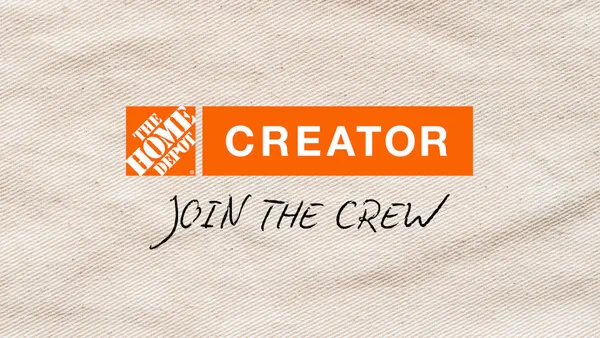Dive Brief:
- Mobile payments system Apple Pay, which is accepted at 4.5 million U.S. locations, saw a 17% jump in transactions in April from the prior month, according to a study by Branding Brand. Meanwhile, Chinese competitors including Alibaba's Alipay and TenCent's WeChat Pay are coming to the U.S., targeted at waves of Chinese travelers, The Wall Street Journal reported.
- Apple Pay and PayPal were ranked as the favorite in-app payment systems, ahead of Amazon Pay and retailer payment systems like Wal-Mart Pay and Target Pay, Branding Brand found. Mobile consumers said they would be more likely to make purchases with mobile apps that offered loyalty programs and rewards.
- Apple Pay users spend about 17% more per transaction than they do with PayPal, said Chris Mason, co-founder and CEO of Branding Brand, in a statement. Apple doesn't disclose usage numbers or revenue for Apple Pay but said transaction volume rose 4.5x from a year earlier, according to Fortune.
Dive Insight:
Mobile payment adoption has stalled with under 5% of smartphone users saying they make purchases with an app, according to a survey by PYMNTS. While merchants have been slow to adopt the technology and worries about security have dissuaded some consumers from using it, the biggest hindrance is that smartphone apps haven’t boosted their value proposition in handling transactions, PYMNTS said.
The strong showing from Apple Pay in April, however, suggests that mobile payments might be picking up fresh traction, with loyalty rewards being a driver of interest, Branding Brand said. An influx of services that better accommodate foreign markets like Alipay and WeChat Pay might further spur U.S. growth and ramp up competition in the space, despite being targeted at tourists.
Even as mobile payments get more crowded, they remain inaccessible or unappealing to many. Credit and debit cards have loyalty programs that reward consumers with cash back, gift certificates, airline miles or hotel stays; meanwhile, many lower-income households depend on cash to cover living expenses.
About 7% of U.S. households don’t have a bank account and another 20% are "under-banked," the FDIC reported, meaning they use services like check cashing, payday loans, pawn shops and money transfers outside of a bank. Amazon last month started a program to reach people without access to an electronic payment method called Amazon Cash that lets people add money to an Amazon account at more than 10,000 retail locations.
PayPal, which was spun out from eBay two years ago, has sought to handle a wider variety of transaction types and boost their volume. By working with card networks like Visa to gain access to mobile in-store payment systems, PayPal's transaction volume grew 23% during the first quarter from a year earlier, The Wall Street Journal reported. PayPal now needs to figure out how to make money from its mobile payment app Venmo, which lets people pay other mobile users free of charge.











